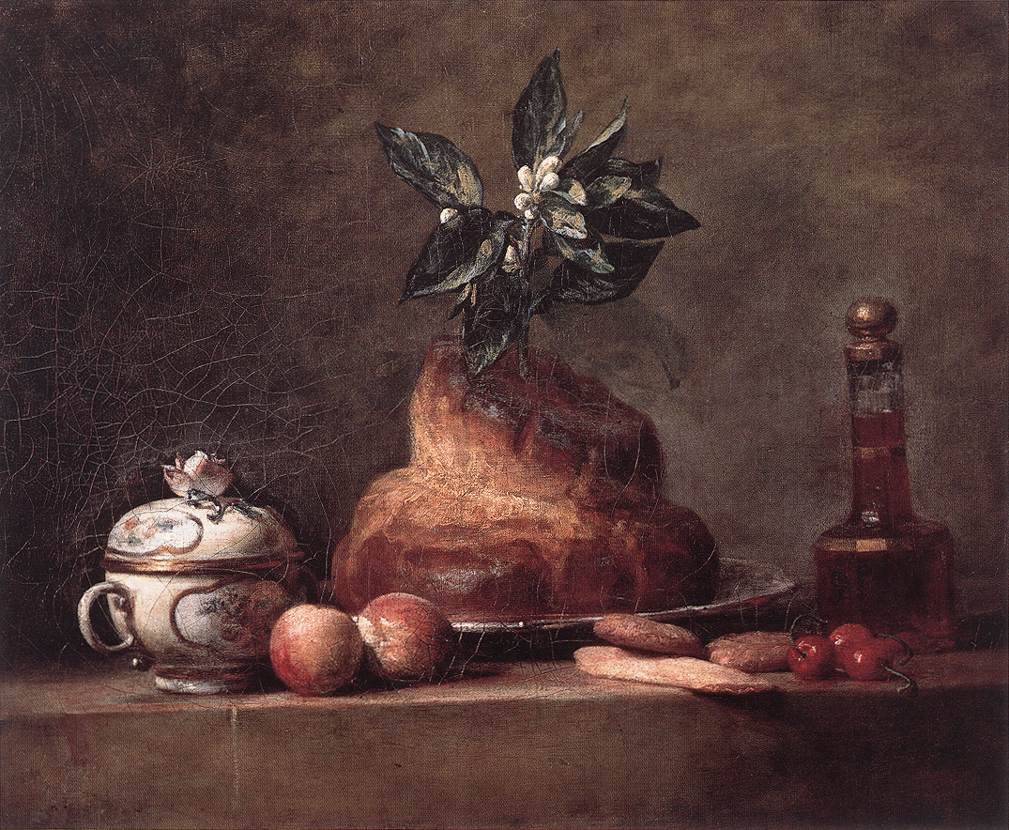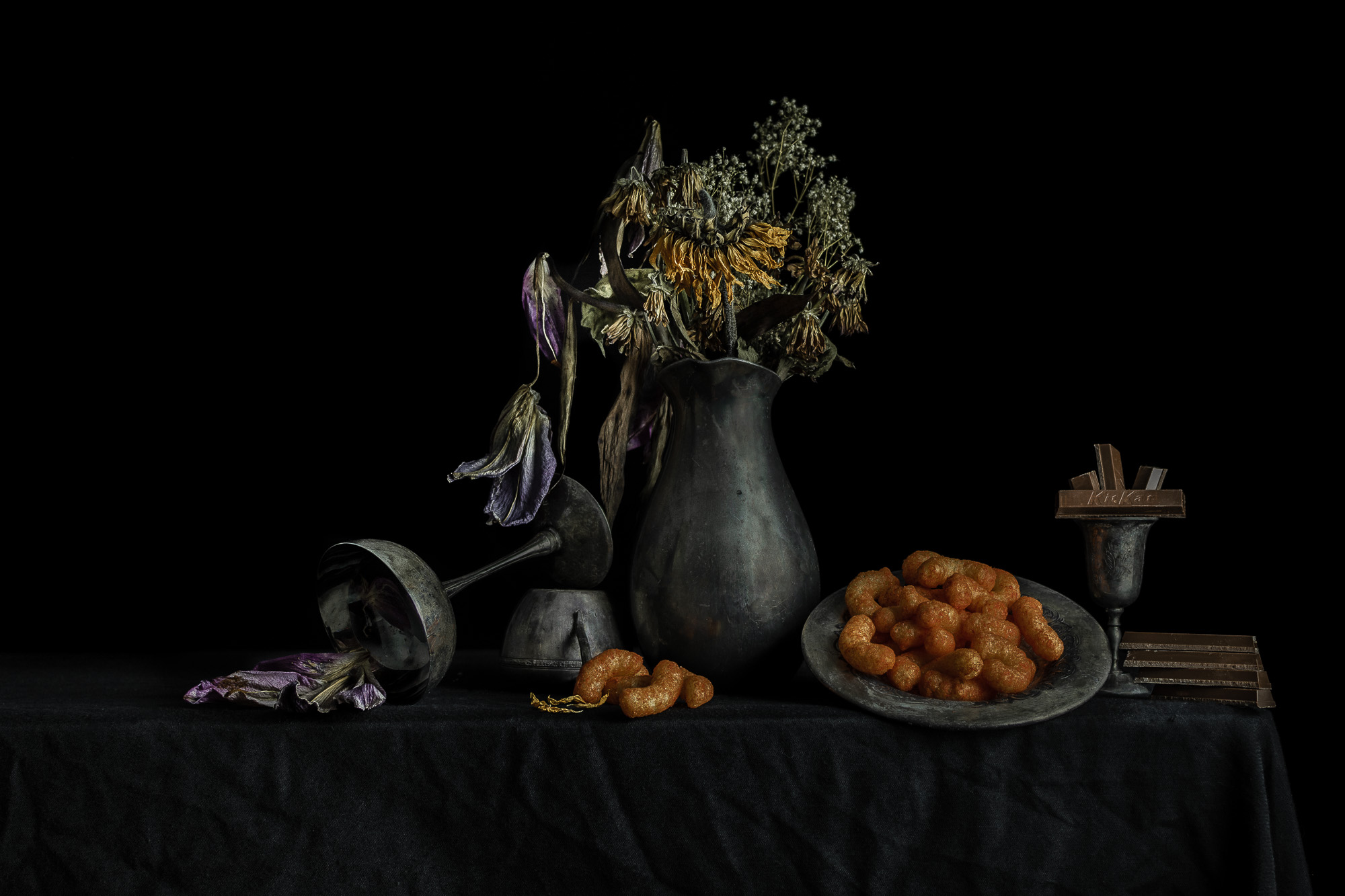The Last Supper: Margie Velma Barfield
The Life and Death of Velma Barfield
“You know, it’s the saddest thing, but it seems like everyone my mother gets close to dies. How could the good Lord allow this to happen to a faithful Christian like Velma Barfield?”
— Ronnie Burke
Margie Velma Barfield was a grandmother, a devout Christian, and the first woman to ever die by lethal injection.
At just 17 years old Barfield — eager to leave home and escape her abusive father — eloped with a man named Thomas Burke. The marriage quickly turned sour as Burke took to drinking heavily and Barfield developed an addiction to painkillers during the recovery from a hysterectomy. Following a particularly bad fight, Barfield fled from the house with her children while Burke slept. When they returned, they found the home burned to the ground and Burke dead.
Over the next decade five more people close to Barfield died under mysterious circumstances: her second husband (Jennings Barfield), her mother (Lilliam Bullard), two elderly people she was employed caring for (Montgomery and Dollie Edwards), and her last boyfriend (Rowland Stuart Taylor). All of these victims reported similar symptoms: vomiting, diarrhea, and an intense internal burning feeling.
Barfield would eventually confess to poisoning four people with arsenic; she maintained that Burke’s death was a freak accident, and that Jennings had “just gotten sick“. She admitted that her addiction to painkillers played a role in the murders; for years she had been forging checks in family members’ names to pay for her drugs, then committing murder when she feared the forgeries would be discovered. Barfield was sentenced to death by lethal injection on Nov 2, 1984. She was the first woman to be executed in the US following the reinstatement of the death penalty in 1976.
Once drug-free and on death row Barfield developed a reputation as a kindly doddering old grandmother who spent her time praying and knitting for her grandchildren. At her execution she was allowed to wear her own pink pyjamas. Outside the prison walls, a crowd of some 300 protestors held vigil, lighting candles and singing Christian hymns well into the night.
Velma Barfield
Margie Velma Barfield’s final meal was Cheeze Doodles and a Kit-Kat bar, the latter item being a gift from the warden who knew that her favourite treat was not available in the prison canteen.
Inspiration and Symbolism of the Piece
I often base my still life compositions rather explicitly off the works of the masters of the genre. This piece is no exception; in composing Margie Velma Barfield’s last meal I drew considerably from a 1763 painting by the great Parisian painter Jean Baptiste Simeon Chardin. The work is titled ‘La Brioche’ (The Cake), and features a stark arrangement of flowers and dessert items, bathed in a subtle soft light, painted in somewhat muted earth tones.
Placing Chardin’s piece next to my own, the similarities in composition are fairly obvious. To me, there is also a deeper tonal connection between the works; Chardin’s painting conveys a certain sense of minimalism and melancholy that I felt was very well suited to my own work.
On a symbolic level the bouquet of dying flowers plays a key role in Barfield’s last supper. As in all still life compositions, these are a reminder of the transience of all things. The viewer is meant to understand that the beauty of life, like the flowers, will soon be gone. In my composition the plate of Cheeze Doodles dangles precariously over the ledge of the table as a reminder of the fragility and instability of existence. This same visual metaphor is present also in Chardin’s painting — note how he’s arranged the pastries and cherries in the lower right hand quadrant of the image. The tipped cup in the left hand side of my image mirrors this same motif, reinforcing the underlying symbolism.
Another guiding principle in my composition is the arrangement of items into groups of four — a reference to the four murder to which Barfield confessed. Scanning through the image one notes that there are four leaves spilling out of the tipped cup on the left hand side, there are four Cheeze Doodles at the base of the flower vase, there are four Kit-Kat bars in the small cup on the right hand side of the image and, again, there are four Kit-Kat bars stacked next to this small cup.



